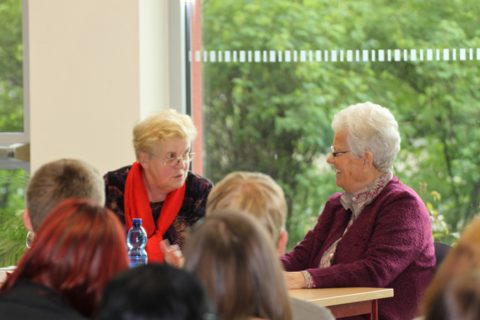Former so-called “Lebensborn children”, who were born or raised in one of the 22 Lebensborn homes between 1936 and 1945, met in the eastern German town of Wernigerode in 2006. The venue was symbolic – the “children” took a tour of the grounds of the “Harz” Lebensborn home that the Nazis operated there. One of them had even been born there, while another lived in the home during his “Germanization”. It was also the first public meeting of their support group, the Lebensspuren, or “Traces of Life”, an association that the “children” (by then all in their 60s) had formed a year earlier.
“The aim was to take the children out into the open, to encourage those affected to find out their origins -- but also to show the outside world that the cliche of the stud farm with blond-haired, blue-eyed parents is not correct,” said Matthias Meissner, managing director, on that occasion.
The non-profit association Lebensspuren e. V., an interest group of people who were born in former homes of the Lebensborn organization or stolen from abroad and accommodated in these homes, is financed by membership fees, donations and public subsidies. The members and their families support the processing of the subject of Lebensborn and help each other in the search for their own roots. In addition to the “Lebensborn children” and their family members, the association now also includes historians, therapists, publicists and others interested in the subject.
